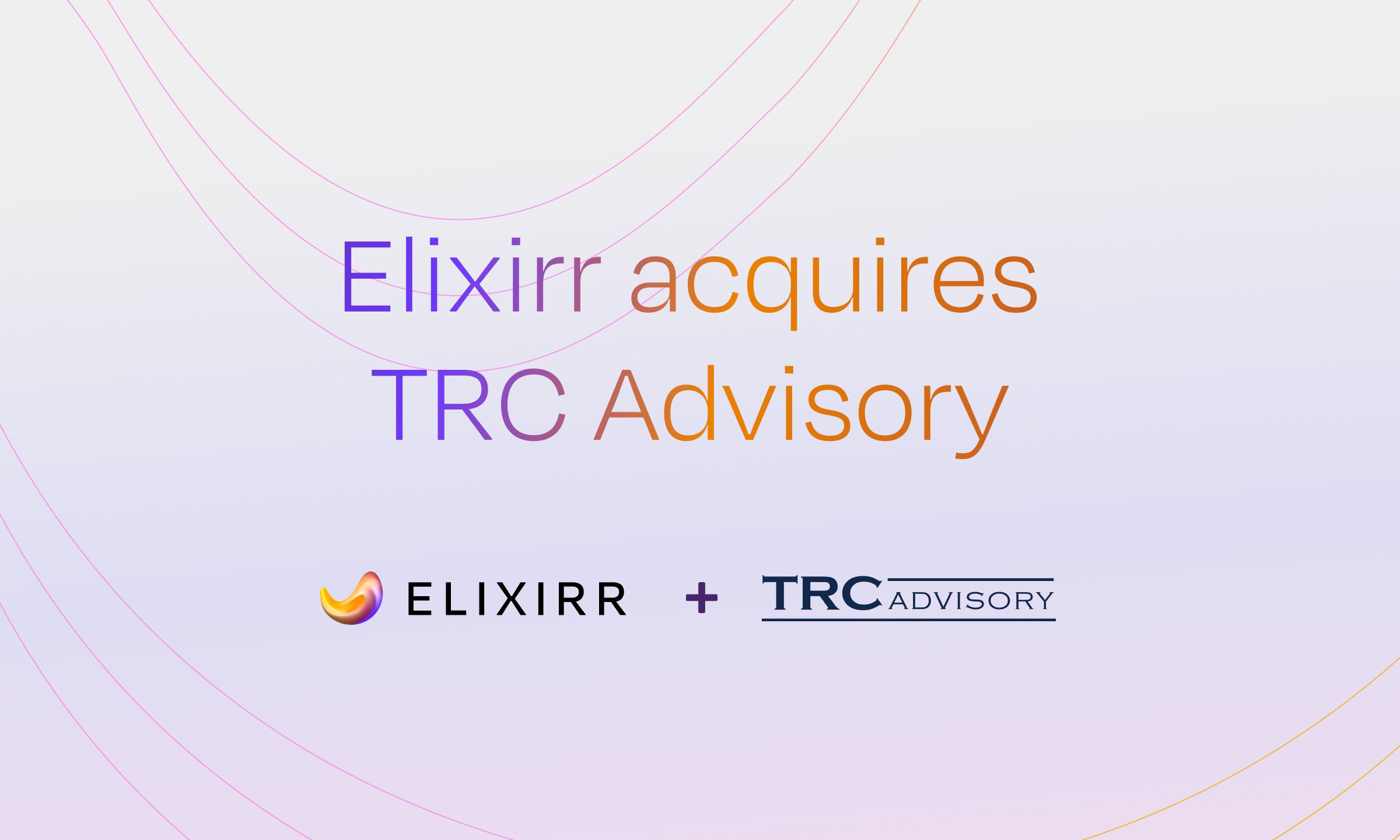Articles
Data mesh and the importance of data culture
Whilst modern organizations have unprecedented amounts of data at their fingertips, only a third of enterprise IT leaders realize tangible value from data. Properly utilizing this data can deliver a…

Whilst modern organizations have unprecedented amounts of data at their fingertips, only a third of enterprise IT leaders realize tangible value from data. Properly utilizing this data can deliver a competitive edge, bringing greater agility and decision-making for businesses with fast and accurate data processes.
Traditional data management
In many organizations, data management is highly centralized with a team of data specialists overseeing the process. This approach provides a ‘single source of truth’, ensuring centralized control for security and compliance. Typically, it involves a data warehouse – a centralized repository for managing and storing large volumes of organizational data. The traditional centralized data management approach remains relevant, especially in smaller or growing organizations where data management capabilities are not yet mature enough to be federated.
While centralized data management offers a ‘single source of truth,’ larger organizations often discover that this approach is not optimized to harness their data’s full potential. These centralized architectures often struggle to quickly integrate new data sources or adapt to evolving business needs, which hampers organizational agility. Data access frequently becomes the bottleneck for central teams, causing delays and inefficiencies in decision-making. Data silos emerge as different departments segregate their data. A staggering 50% of US executives and 39% of European executives cite integration challenges as a major hurdle for their business. Additionally, maintaining data quality across diverse sources demands significant resources. Errors can undermine reliable analytics and overall business outcomes.
Introducing data mesh
Data mesh architecture is a modern concept for organizational data management designed to address the limitations of a traditional data management approach. Data mesh formally delegates data management to individual business domains, granting them ownership over the data they create and utilize. These domains contribute their data as valuable ‘data products’, available for consumption by other domains within the organization.
By independently managing their data processes, domains break free from central constraints. This autonomy enables them to tailor solutions to their specific data needs, enhance data quality and make better-informed business decisions.
Data mesh is built around the following four principles:
- Domain Ownership: Data should be owned and managed by the business domains that understand its context, usage and intricacies. Decentralisation ensures that those closest to the data take responsibility for its quality, relevance and usability. This approach minimizes bottlenecks and improves the accuracy and timeliness of the data.
- Data as a Product: Treat data with the same care as a commercial product. It should be discoverable, reliable, secure and usable across various teams within the organization. Data product teams are responsible for ensuring that their data meets certain quality standards, is well-documented and is accompanied by clear APIs for easy access.
- Self-Service: Self-service data infrastructure involves providing the necessary tools, platforms and infrastructure that allow domain teams to manage their data independently without needing constant support from central IT teams. Tools used across the organization can include data integration tools, storage solutions, data cataloging and processing capabilities.
- Distributed Governance: Distributed Governance refers to establishing a federated governance model where governance responsibilities are shared across the organization. Domain teams have the autonomy to manage their data, but a central governance framework ensures that there are consistent policies, standards and best practices across the organization.
Implementing data mesh
Introducing a data mesh architecture involves more than just technical adjustments. While operational changes, like adopting new data platforms, are essential, the transition often demands a cultural shift – one that goes beyond initial expectations.
Employing data products means ensuring high standards of data quality, accessibility and usability, along with providing detailed documentation and metadata. It requires clear accountability between business domains who are now responsible for the data’s maintenance and continued improvement. Data must be curated, reliable and easily discoverable – but most of all, catered to the needs of its users. Viewing data as a product transforms it into a valuable asset that drives informed decision-making and fosters innovation within the organization. It is the data as a product principle that has the largest impact on an organization’s ability to operate using a data mesh.
Gartner highlights that only 18% of organizations have reached the maturity level necessary to adopt a data mesh approach. Transitioning to data products involved a fundamental shift in how employees perceive and manage data. It’s about recognizing data as a valuable asset – one that demands continuous investment, attention and management. Without embracing the cultural change, the full potential of data mesh cannot be realized. Its success hinges not just on new tools and processes, but on a fundamental shift in organizational attitudes towards data management.
Several levers need to be managed for data mesh to be successful at an organization:
- Leadership: It begins with a commitment from leaders, and clear role modeling of how data is to be regarded within the business. Its importance should be communicated from the top down, demonstrating how to establish data-driven practices as an organizational norm.
- Continuous Learning: Enhancing data capability requires comprehensive education and training programs. These initiatives foster growth in both technical skills and cultural awareness. By providing access to resources, seminars and workshops on effective data management practices, organizations empower their teams to thrive in the data-driven landscape.
- Clearly Defined Boundaries: Clear boundaries for the ownership and responsibility of data must be established to ensure accountability and prevent overlaps or gaps in data management. Each team should know their specific role in maintaining data quality and governance.
- Communication and Engagement: Effective communication is crucial to ensure that all stakeholders are aligned with the data strategy. Regular updates, feedback loops and collaborative platforms help maintain transparency and foster a data-driven culture.
- Tooling: Providing the right tools and technologies is essential for empowering teams to manage their data effectively. This includes self-service data platforms, analytics tools and robust infrastructure designed to support seamless data access, processing and analysis.
Unlock the power of data
In many organizations, centralized data management presents hurdles – slow integration of new data sources, bottlenecks in data access and data siloes, all of which are impeding agility and decision-making. A data mesh approach aims to address these problems by federating data ownership out to business domains. However, to succeed, it demands both operational and cultural adjustments to be effective. Embracing the cultural shift of data mesh can unlock unprecedented agility, scalability and decision-making prowess for your business.







